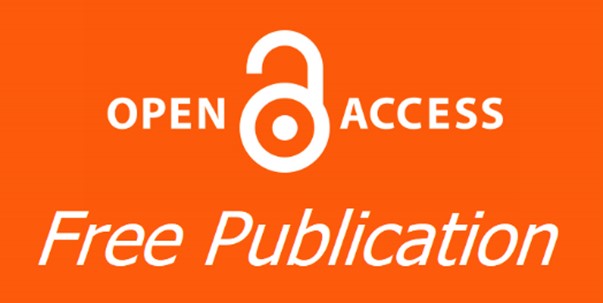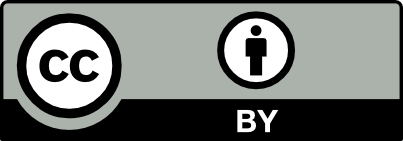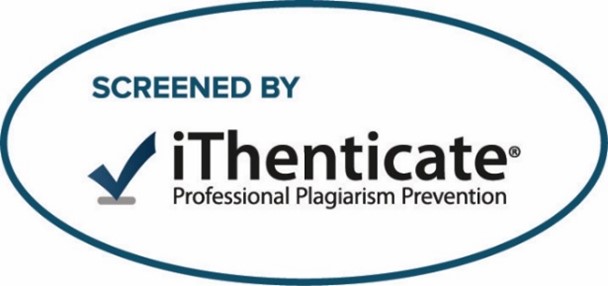Document Type
Original Study
Abstract
Purpose: The aim of the following study was to evaluate the effect of low level laser application on treatment outcomes of bony supported Distal Jet for correction of Angle Class II malocclusion. Subjects and Methods: Fourteen adolescent patients with dental Class II were included in this study. Maxillary molar diatalization had been carried out using Bony Supported Distal Jet. Patients were randomly divided into two groups; a laser group and a control group. In the laser group, laser was applied with Ga-Al-As semiconductor diode laser emitting continuous infrared radiation of wavelength 910 nm and power output 0.2W, in conjunction with the Bony Supported Distal Jet. The control group received the Bony Supported Distal Jet with no laser. Pre-distalization and postdistalization CBCTs were used to compare the changes in amount of upper first premolar angular and distal movement. Results: No significant difference was found in the linear and angular measurements of the maxillary first premolars between the laser and the control groups. Conclusions: In both the Laser and control groups, maxillary molar distalization in adolescent patients with class II malocclusion produces significant distal movement and tipping of the maxillary first premolars with insignificant difference between the two groups.
Keywords
low-level-laser, LLLT, distalization, Distal Jet
How to Cite This Article
El-Hoseiny, Rabab; Ibrahim, Samir; Abdelaziz, Fatma; Attia, Wael; and ElSayed, Hend S
(2024)
"Assessment of Low Level Laser Therapy Effect on Treatment Outcomes of Bony Supported Distal Jet for Correction of Angle Class II Malocclusion (Randomized Clinical Trial),"
Al-Azhar Journal of Dentistry: Vol. 12:
Iss.
1, Article 7.
DOI: https://doi.org/10.58675/2974-4164.1657
Subject Area
Pediatric dentistry and orthodontics Issue (Pediatric Dentistry, Orthodontics)








